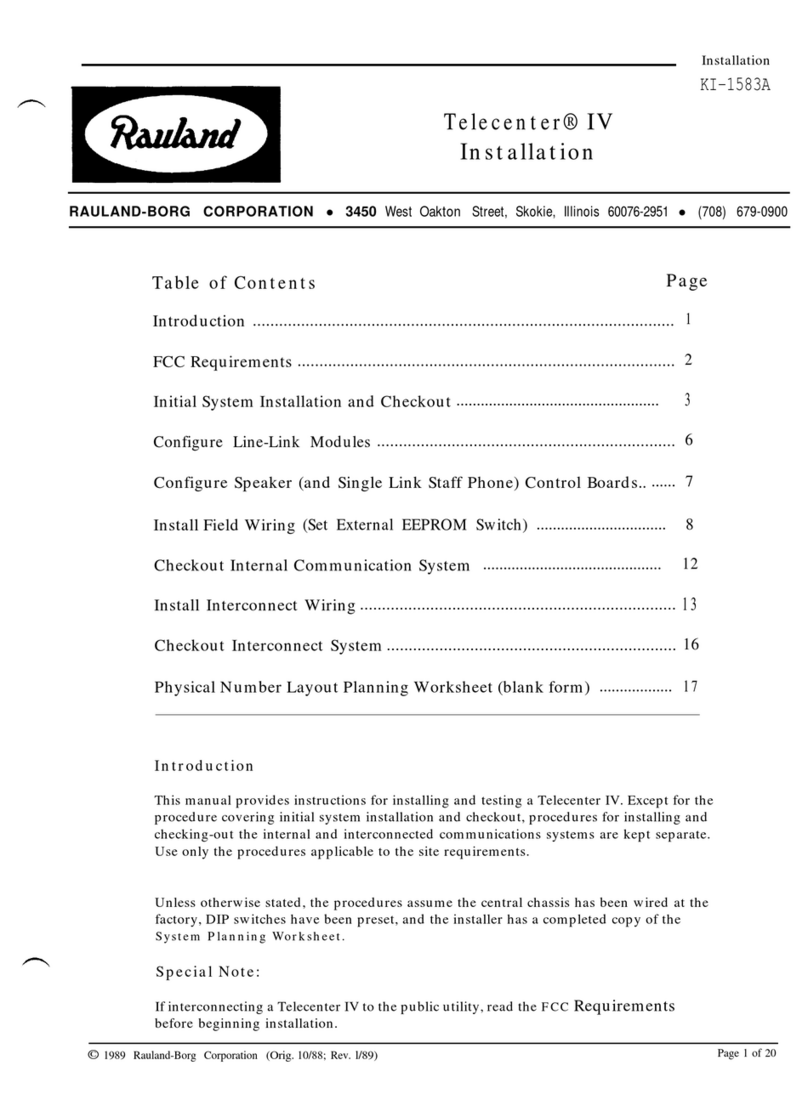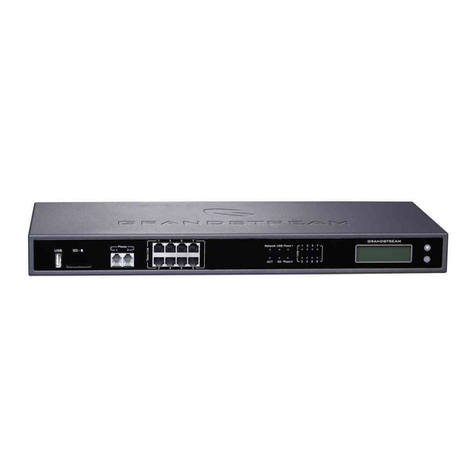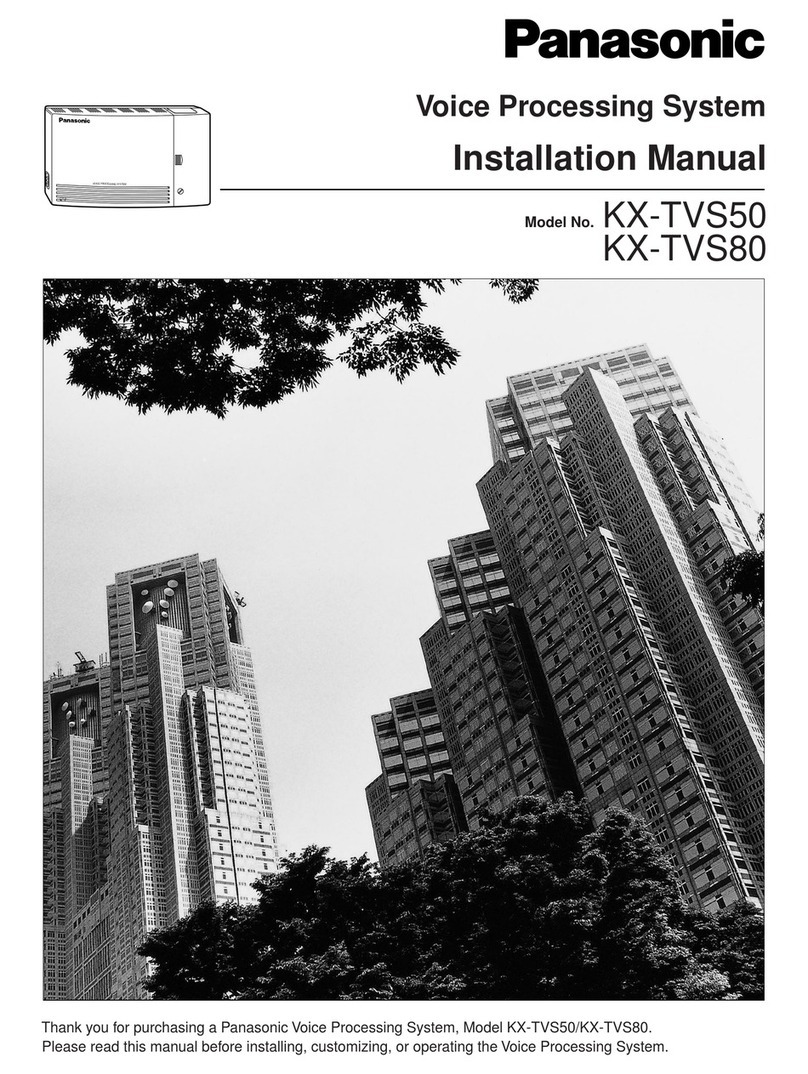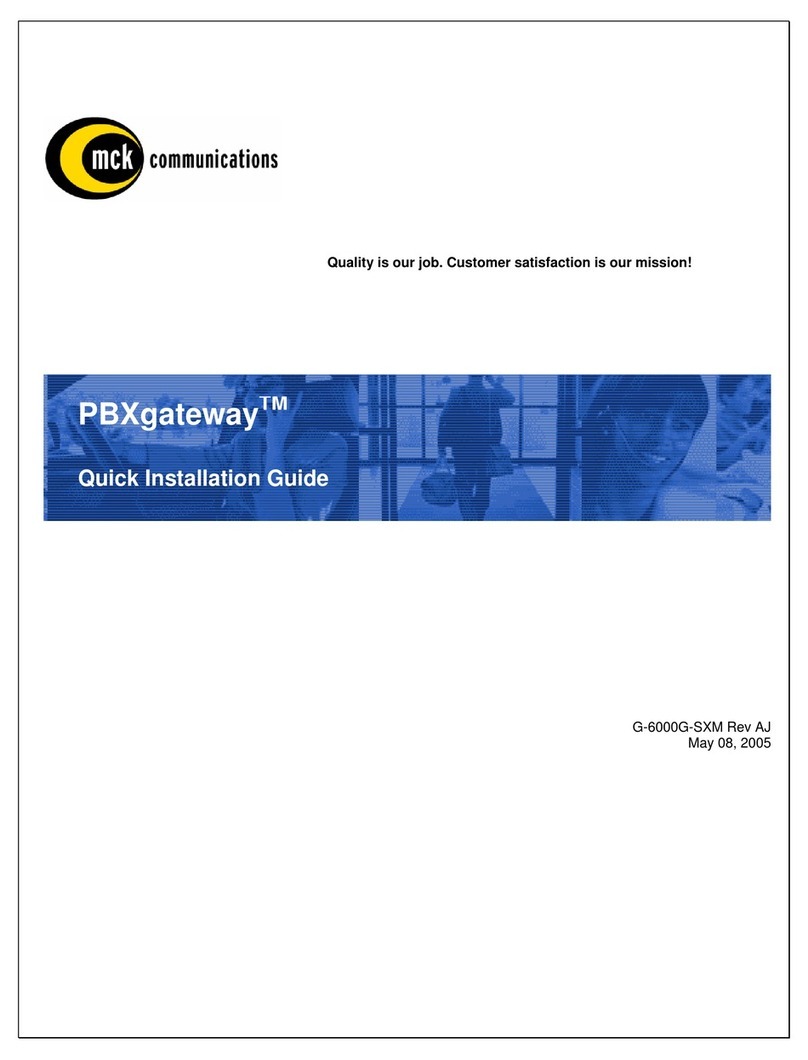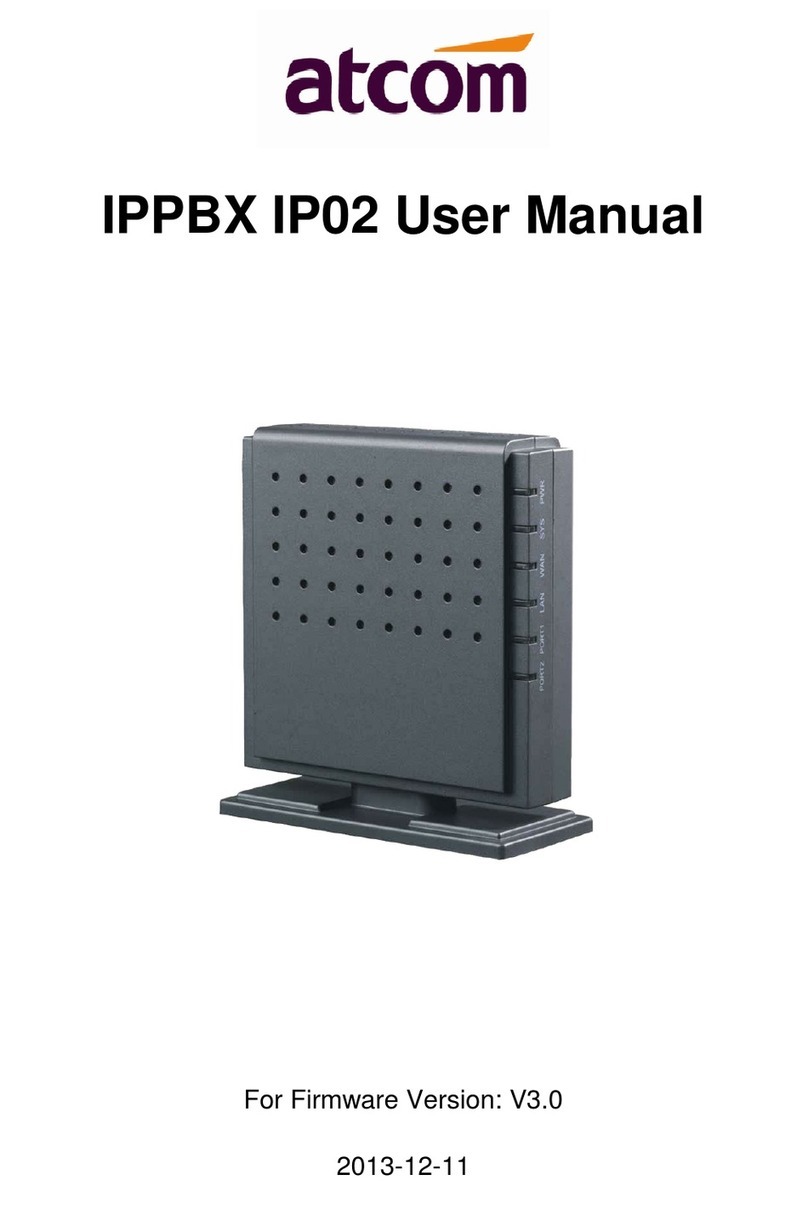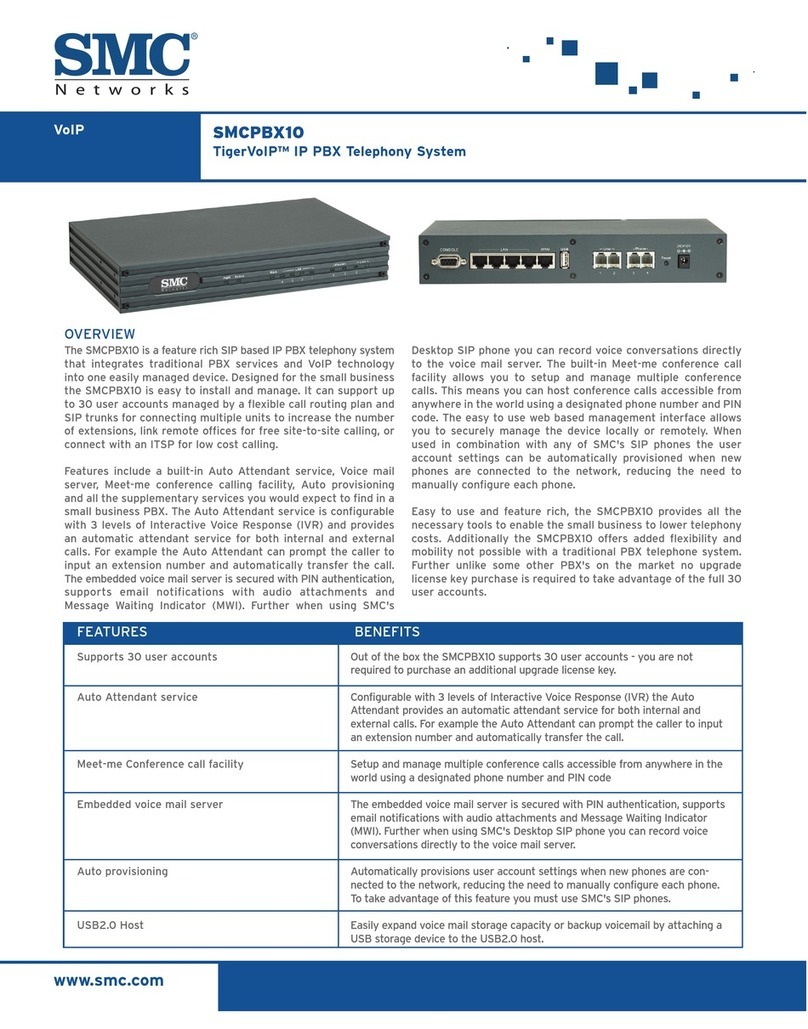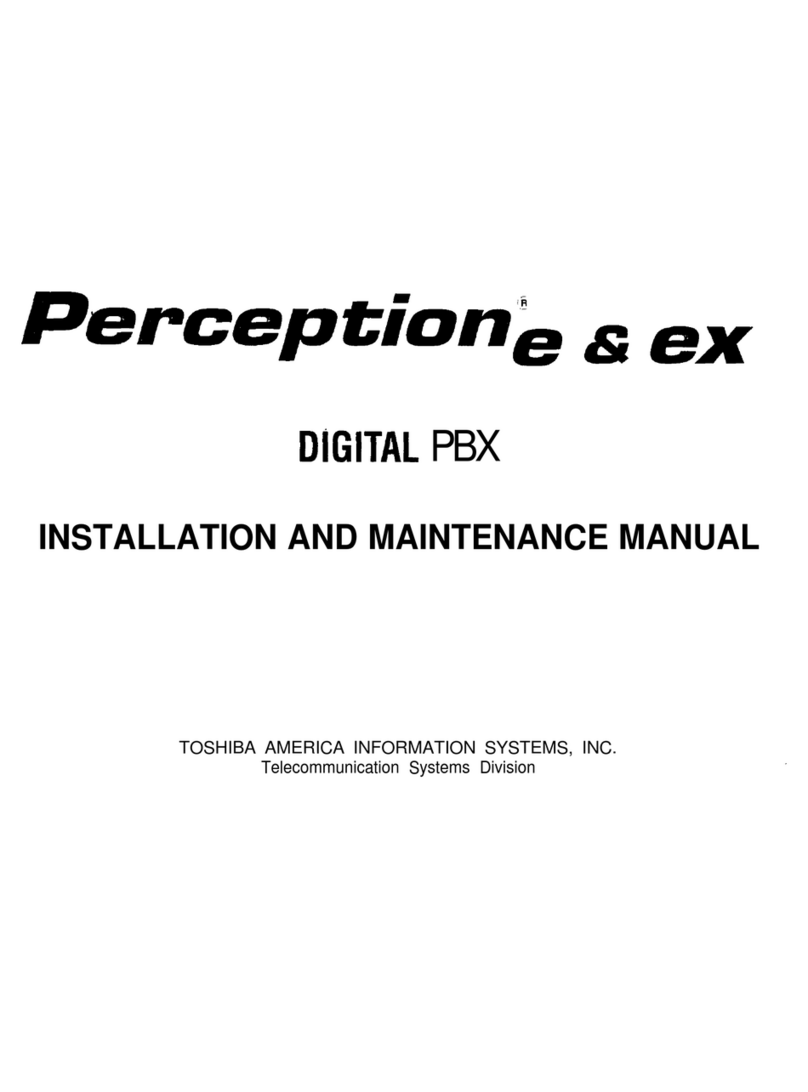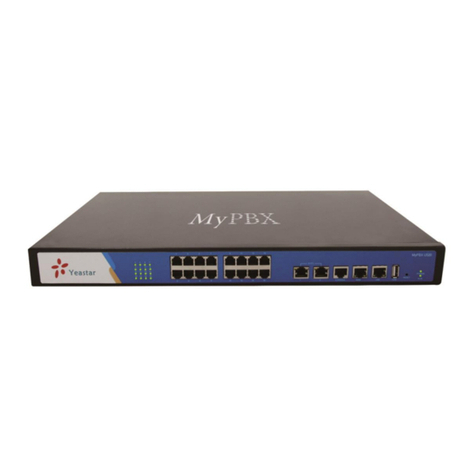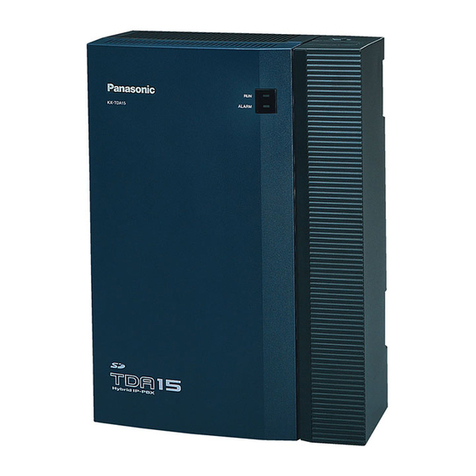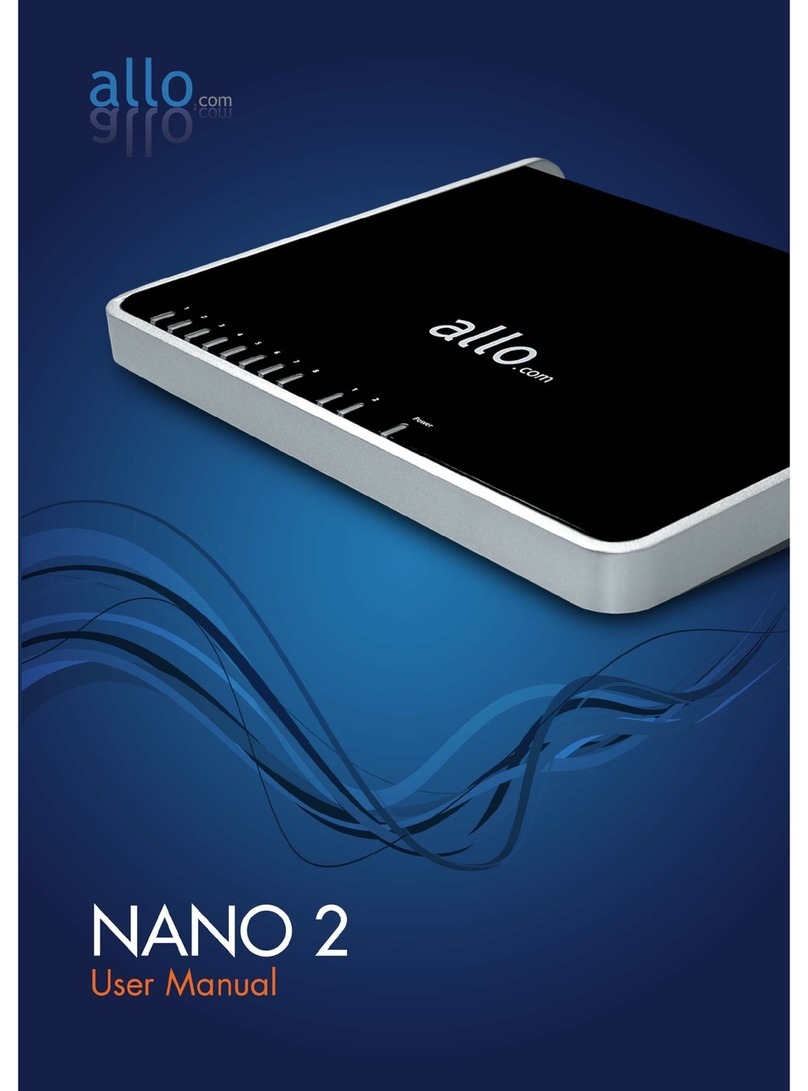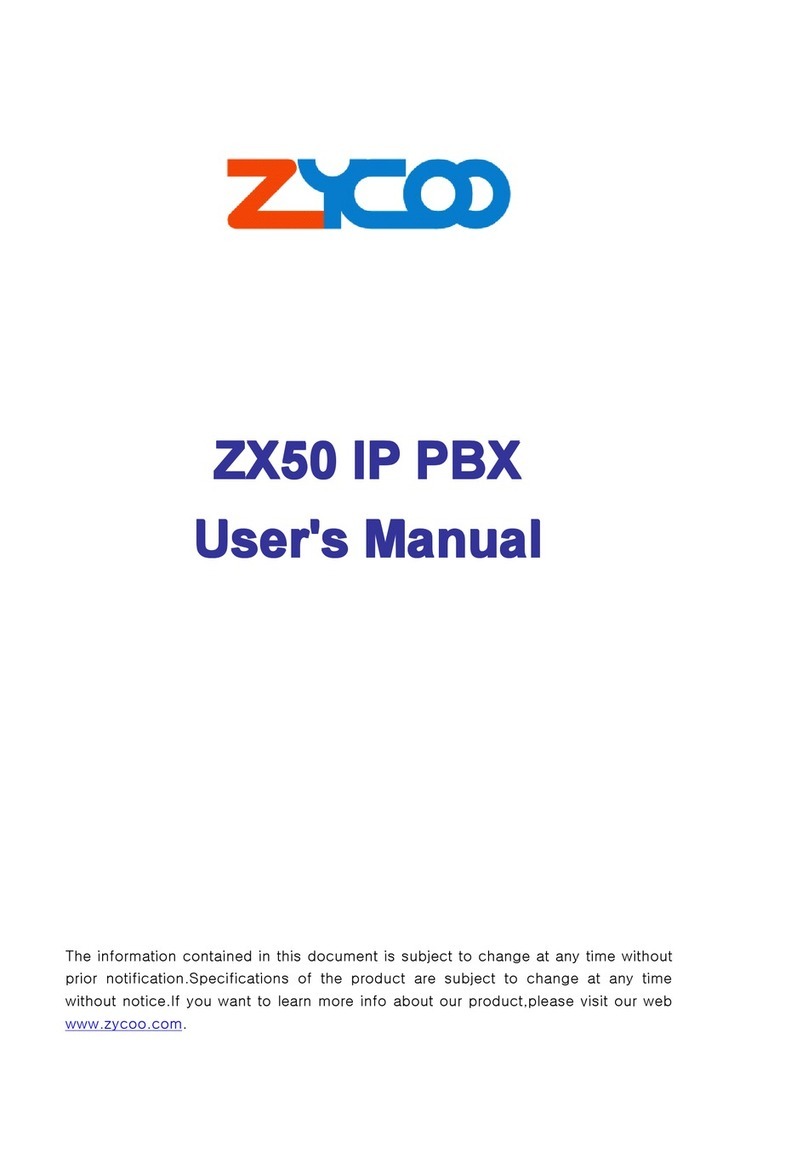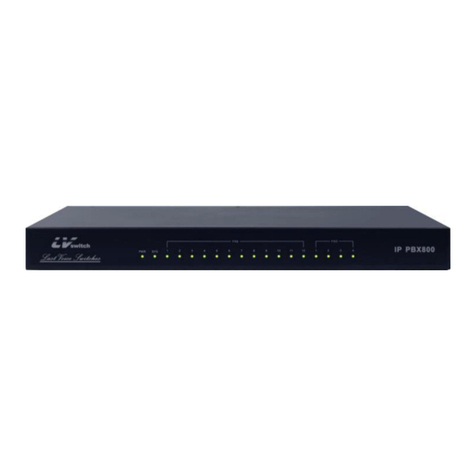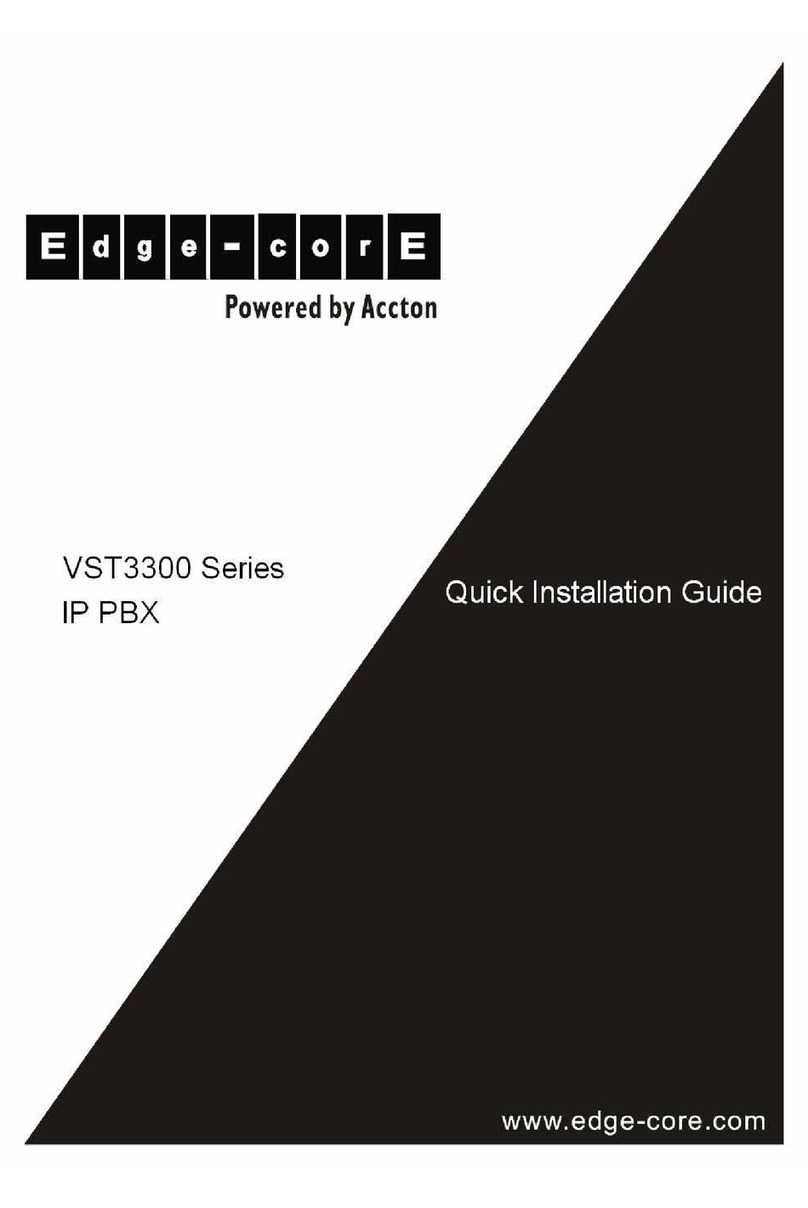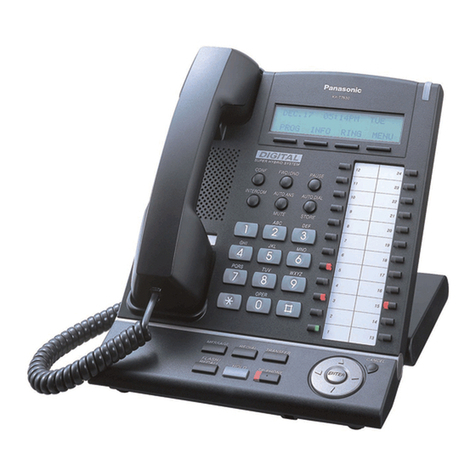Table Of Contents
About Recording and Playing Messages........................................................................................................................35
Recording Messages................................................................................................................................................................35
To record messages from the SBX2Front Panel....................................................................................................36
To record messages with Remote Telephone Access.........................................................................................36
To record messages in a Studio......................................................................................................................................36
To record messages and music from your PC.........................................................................................................36
Playing Messages......................................................................................................................................................................36
To play messages from the Front Panel......................................................................................................................37
To play messages via Remote Access........................................................................................................................37
To play messages and music on your PC..................................................................................................................37
Deleting Messages....................................................................................................................................................................37
To delete messages from the Front Panel .................................................................................................................38
To delete messages with Remote Telephone Access..........................................................................................38
Sending Messages to the SBX2..........................................................................................................................................38
To send messages from your PC to SBX2 Unit.......................................................................................................39
Receiving Messages from SBX2.........................................................................................................................................40
To receive messages from SBX2to your PC............................................................................................................40
CHAPTER 5 | Nodes & Program Configurations............................................42
About Basic SBX2Commands.............................................................................................................................................43
About SBX2Nodes....................................................................................................................................................................43
Types of nodes.........................................................................................................................................................................43
Field Descriptions For Nodes...............................................................................................................................................48
COMMAND Node...................................................................................................................................................................48
LIST Node..................................................................................................................................................................................48
TIME/DATE Nodes.................................................................................................................................................................49
TIME Node.................................................................................................................................................................................49
DATE Nodes (Day and Date configurations).............................................................................................................50
DTMF/AUTO Nodes..............................................................................................................................................................51
VOX Node..................................................................................................................................................................................53
XFER/STYLE Nodes.............................................................................................................................................................54
STYLE Node.............................................................................................................................................................................55
STYLE Node.............................................................................................................................................................................56
MESSAGE Node.....................................................................................................................................................................57
MOH Node.................................................................................................................................................................................58
PAAS node................................................................................................................................................................................59
TABLE node..............................................................................................................................................................................61
NIS Node....................................................................................................................................................................................62
DBN Node..................................................................................................................................................................................63
DIR Node....................................................................................................................................................................................65
About SBX2Program Configurations................................................................................................................................66
Planning for an SBX2Program Configuration...........................................................................................................66
Sample SBX2Call Flow Diagram....................................................................................................................................66
Interalia |SBX2System Manual Page iii
